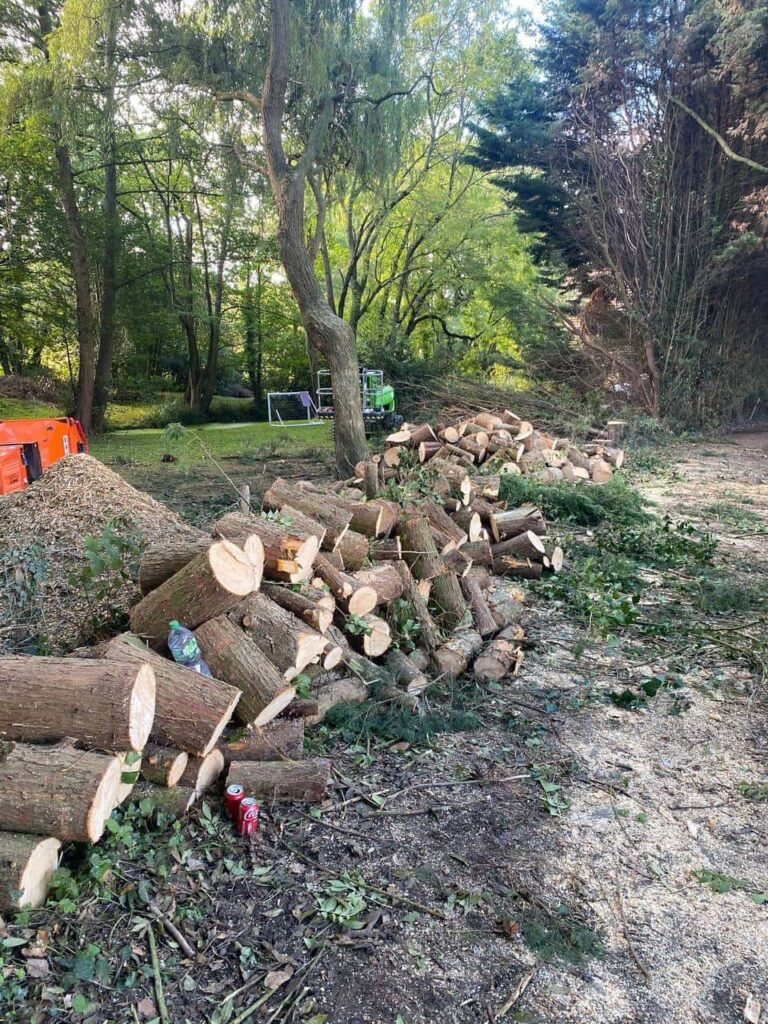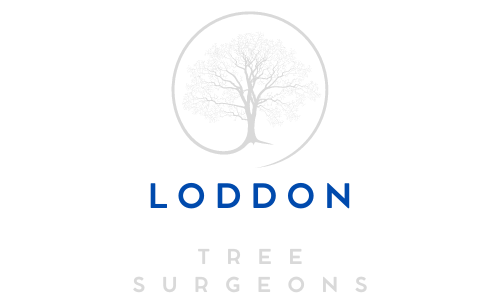Hedge Cutting: Understanding Growth Patterns and Branching Habits
Introduction: Hedges are functional elements in landscaping and contribute significantly to the aesthetic appeal and overall health of outdoor spaces. To maintain hedges properly, it’s essential to understand their growth patterns and branching habits. By familiarising yourself with these characteristics, you can ensure that hedge cutting is performed effectively and with minimal impact on their vitality. This blog post will explore the fascinating world of hedge growth patterns and branching habits and how they influence hedge-cutting practices.
Vertical Growth vs. Horizontal Growth:
- Hedges exhibit various growth patterns, with some species displaying predominantly vertical growth while others spread horizontally. Understanding the natural growth tendencies of the hedge species in your landscape is crucial for determining the appropriate pruning techniques. Vertical growers may require frequent trimming to maintain the desired height and density, while horizontal growers may need selective pruning to encourage upward growth and prevent overcrowding.
Apical Dominance:
- Many hedge species exhibit apical dominance, where the plant’s central leader or main stem grows taller and stronger than lateral branches. Hedge-cutting techniques often focus on maintaining or controlling apical dominance to achieve desired hedge shapes and sizes. You can promote a fuller, denser hedge structure by selectively pruning the central leader and encouraging lateral branching.
Branching Habit:
- The branching habit of a hedge refers to the arrangement and distribution of branches along the main stems or leaders. Some hedges have dense, intricate branching habits, while others feature more open and sparse arrangements. Understanding the branching habit of your hedge species allows you to tailor hedge-cutting practices to optimise its natural form and promote healthy growth.
Growth Rate:
- Hedge species vary in their growth rates, with some growing rapidly and requiring more frequent trimming, while others grow more slowly and need less maintenance. Fast-growing hedges may benefit from more aggressive pruning to keep them in check and prevent them from outgrowing their designated space. Slower-growing hedges may require less frequent trimming but still benefit from periodic maintenance to maintain shape and density.
Response to Pruning:
- Different hedge species respond differently to pruning, with some exhibiting vigorous regrowth after cutting while others are more slow to recover. Understanding how your hedge species responds to pruning helps you plan and schedule hedge-cutting activities effectively. Proper timing and techniques can minimise stress on the hedge and promote healthy regrowth, ensuring long-term vitality and attractiveness.
Conclusion: Hedge cutting is as much an art as it is a science, requiring an understanding of the growth patterns and branching habits of hedge species. By recognising the unique characteristics of your hedges and applying appropriate pruning techniques, you can maintain their health, shape, and beauty effectively.
Call us on: 01508 505 537
Click here to find out more about Loddon Tree Surgeons
Click here to complete our contact form and see how we can help with your tree’s needs.

